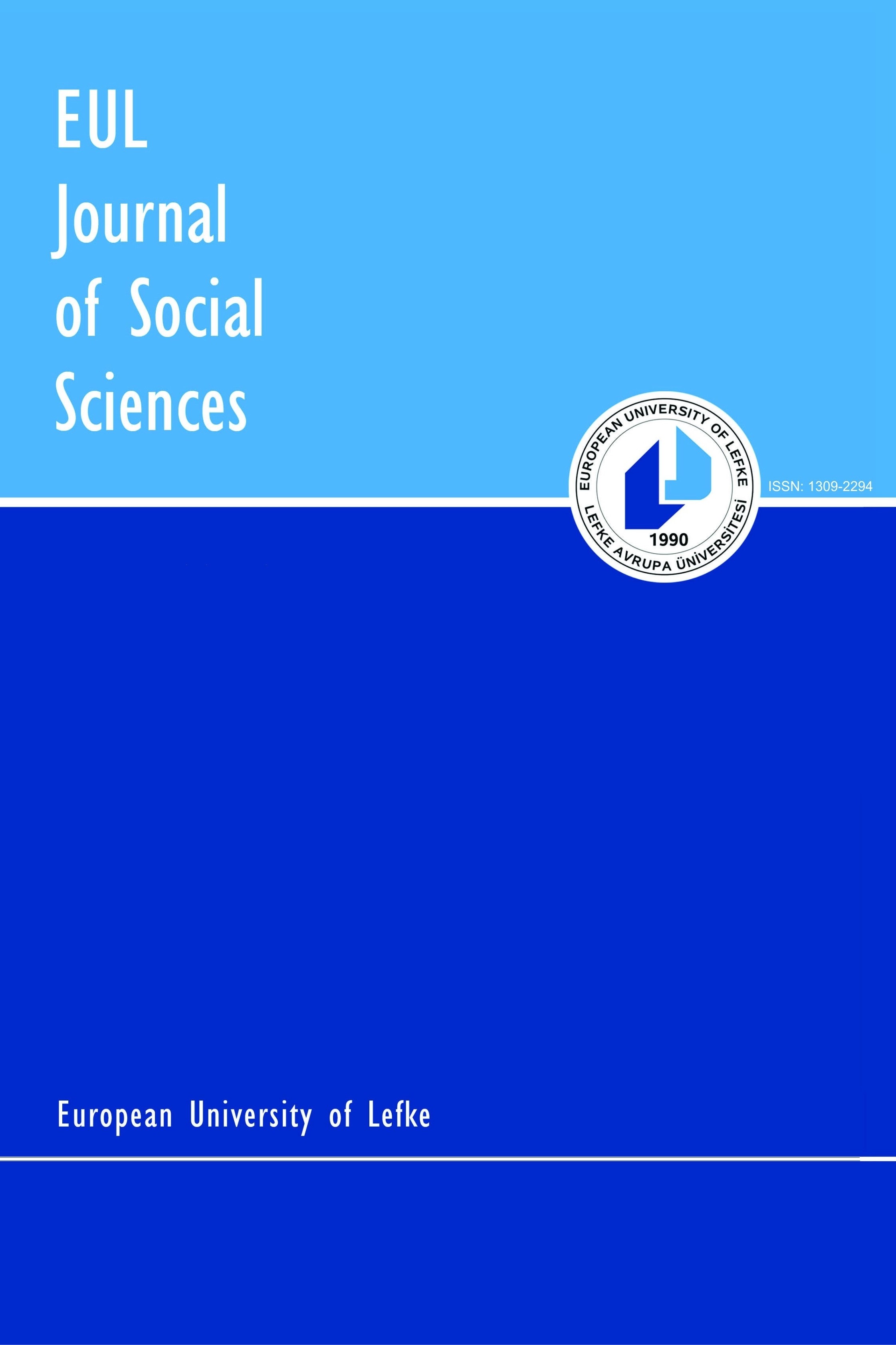Sosyal Sapkınlığın Medyadaki Sunumu ve Kontrolü: Çizgi Filmler Üzerine Bir Alan Çalışması
Sosyal
sapkınlık kavramı, negatif tepkiler doğuran norm ihlalleri anlamına gelir ve
toplumun normlarından sapmayı ifade eder. Sapkınlar, başka bir deyişle normları
ihlal edenler, tarih boyunca etiketlenmiş, damgalanmış, hapsedilmiş ve dışlanmıştır.
Söz konusu bireyler, her zaman bir tür kontrole maruz kalmıştır; fakat bu
kontrolün yöntemi ve mekanizmaları, zaman içerisinde değişmiştir. Bu yöntemler
ve mekanizmalar, bizi, temel amacı sapkınlığı kontrol etmek olan sosyal kontrol
kavramına götürür. Bu çalışma, ana hedefi çocuklar olan çizgi filmlerin söz
konusu sosyal kontrole nasıl dahil olduğu, sosyal sapkınlığı nasıl temsil
ettiği ve çocukların bu mesajlardan nasıl etkilendiği üzerinde durmuştur. Bu
amaçla, aynı anaokuluna giden 6 yaşındaki 9 çocuğa seçilen örnek bir çizgi film
izletilerek bir odak grubu çalışması yapılmıştır. Çocuklar filmi izledikten
sonra, filmin hikayesinden sapkınlık,
normlar ve sosyal kontrol hakkında nasıl mesajlar aldıklarını ve bu mesajları
nasıl yorumladıklarını anlamak için çocuklara sorular sorulmuştur. Çocukların
yanıtları, kitle medyasının bir sosyal kontrol aktörü olarak işlev gördüğünü ve
bireylerin toplumun normlarını içselleştirmesi için etkili bir araç olduğunu
destekler niteliktedir.
Anahtar
Kelimeler: Sosyal sapkınlık, sosyal kontrol, kitle medyası, çizgi filmler,
medya etkileri
How Social Deviance Is Represented and Controlled By Mass Media: A Field Study on Children's Animated Movies
The
term social deviance refers to norm violations which cause negative reactions;
it is a deviation from the rules of the society. Throughout history, deviants,
or in other words norm violators have been labeled, stigmatized, imprisoned,
and excluded. They were always subjected to a sort of control, although the
means and the mechanisms of this control have changed over time. These means
and mechanisms lead us to the term social control, whose primary purpose is to
control deviance. This study focuses on how cartoons or animated movies, whose
primary target audience is children, engages in this social control or
represent social deviance, and how children are affected by the messages they
are exposed to. In order to analyze these problems, a case study which consists
of a focus group study with nine children at the age of six, who have seen a
selected sample movie, has been conducted. After the children had seen the
movie, they were asked questions whose purpose was to understand what messages
they received from the story about deviance, norms and social control, and how
they interpreted those messages. The responses indicate that mass media
functions as an agent of social control, and that it is an effective tool to
make individuals internalize the norms of the society.
Keywords:
Social deviance, social control, mass media, cartoons, media effects
___
- Becker, H. S. (1963), Outsiders: Studies In The Sociology of Deviance, The Free Press, New York.
- Chriss, J. J. (2008), Social Control: An Introduction, Polity Press, Massachusetts.
- Cockerham, W. C. (1995), Sociology of Mental Disorder, Prentice Hall, New Jersey.
- Cohen, A. K. (1966), Deviance and Control, Prentice Hall, New Jersey.
- Conrad, P. (1992), “Medicalization and social control”, Annual Review of Sociology, 18: 209-232.
- Durkheim, E. (2002), İntihar, (Translator, Özer Ozankaya), Cem Yayınevi, İstanbul.
- Ericson, R. V. (1991), “Mass Media, Crime, Law and Justice: An Institutional Approach,” The British Journal of Criminology, 31(3): 219-249.
- Erikson, K. T. (2002), “The Sociology of Deviance” In: R. Weitzer (ed.), Deviance and Social Control: A Reader, McGraw Hill Higher Education, New York, 31-35.
- Gerbner, G. & Gross, L. (1976), “Living With the Television: The Violence Profile,” Journal of Communication, 26(2): 172-199.
- Gerbner, G., Gross, L, Morgan, M. & Signorelli, N. (1984), “Political Correlates of Television Viewing,” The Public Opinion Quarterly, 48(1): 283-300.
- Giroux, H. A. (1999), The Mouse That Roared: Disney and The End of Innocence, Rowman & Littlefield Publishers, Boston.
- Goffman, E. (1990), Stigma: Notes on The Management of Spoiled Identity, Penguin Books, London.
- Goode, E. (2005), Deviant Behavior, 7th ed., Prentice Hall, New Jersey.
- Gökçearslan, A. (2010), “The Effect of Cartoon Movies on Children’s Gender Development,” Procedia Social and Behavioral Sciences, 2: 5202-5207.
- Hirschi, T. (2002), Causes of Delinquency, Transiction Publishers, New York.
- Jones, T. A. (1981), “Durkheim, Deviance and Development: Opportunities Lost and Regained”, Social Forces, 59(4): 1009-1024.
- Kirsh, S. J. (2006), “Cartoon Violence and Agression in Youth,” Aggression and Violent Behavior, 11: 547-557.
- Knight, G. & Dean, T. (1982), “Myth and The Structure of News,” Journal of Communication, 32(2): 144-161.
- Leaper, C., Breed, L., Hoffman, L. & Perlman, C. A. (2002), “Variations in The Gender Stereotyped Content of Children's Television Cartoons Across Genres,” Journal of Applied Social Psychology, 32(8): 1653-1662.
- Mayes, S. L. & Valentine, K. B. (1979), “Sex Role Stereotyping in Saturday Morning Cartoon Shows,” Journal of Broadcasting, 23(1): 41-50.
- Merton, R. K. (1968), Social Theory and Social Structure, Enlarged Edition, The Free Press, New York.
- Parsons, T. (1965), The Social System, The Free Press, New York.
- Ross, E. A. (1918), Social Control: A Survey of The Foundations of Order, The McMillan Company, New York.
- Seinfeld, J. & Steinberg, C. (Producers), Smith, S. J. & Hickner, S. (Directors) (2007). Bee Movie [Motion picture], United States: DreamWorks.
- Svensson, R. (2003), “Gender Differences in Adolescent Drug Use: The Impact of Parental Monitoring and Peer Deviance,” Youth & Society, 34(3): 300-329.
- Thompson, T. L & Zerbinos, E. (1997), “Telrvision Cartoons: Do Children Notice It’s A Boy’s World?”, Sex Roles, 37(5): 415-432.
- Wilson, J. B. (2008), “Media and Children’s Agression, Fear and Alturism”, Future of Children, 18(1): 87-118.
- Zola, I. K. (1972), “Medicine as An Institution of Social Control”, Sociological Review, 20(4): 487-504.
- ISSN: 1309-2294
- Yayın Aralığı: Yılda 2 Sayı
- Başlangıç: 2010
- Yayıncı: Lefke Avrupa Üniversitesi
Sayıdaki Diğer Makaleler
Akif TABAK, Ahmet BARBAK, Talih ÖZTÜRK
Kinnock Reformları ve Avrupa Komisyonu’nda Değişim
Türkiye’de Terörizmin Politik Psikolojisi
Ukrayna Krizi Bağlamında AB-Rusya İlişkilerinin Ekonomi Politiği
Belediyelerde Hizmet Kalitesinin Servqual Analizi İle Ölçülmesi: Lefke Belediyesi Örneği
Caner YILDIRIM, Okan Veli ŞAFAKLI
Sosyal Sapkınlığın Medyadaki Sunumu ve Kontrolü: Çizgi Filmler Üzerine Bir Alan Çalışması
